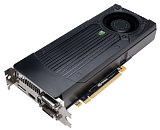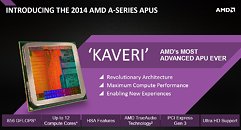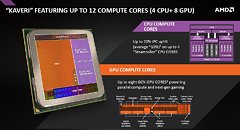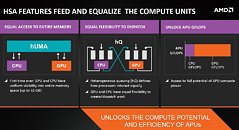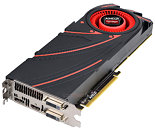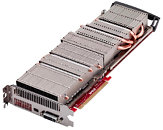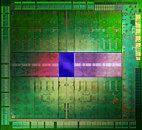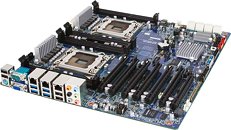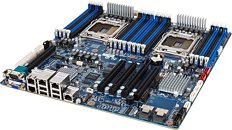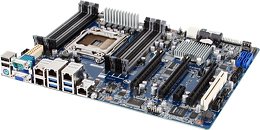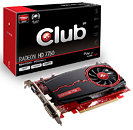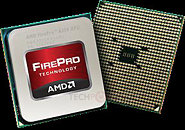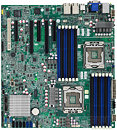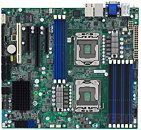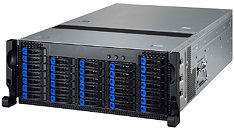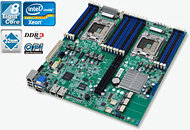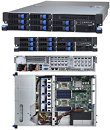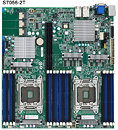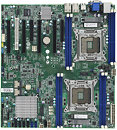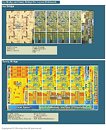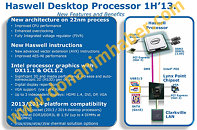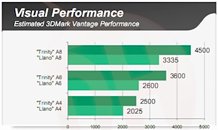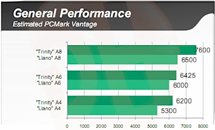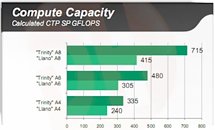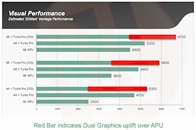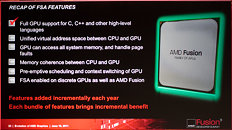Finalwire Releases AIDA64 v4.30
Finalwire released the latest update to AIDA64, popular system information, diagnostic, and bechmarking suite. Version 4.30 builds on its predecessors by adding support for new hardware, newer versions of Windows, new technologies, and offers a new benchmark. To begin with, it adds support for Windows 8.1 Update 1 and Windows Server 2012 R2 Update 1. It also adds support / detection for NVIDIA's new CUDA 6.0 GPGPU API. Among the new hardware support are the AMD socket AM1 platform, Intel "Broadwell" CPUs, early support for AMD "Carrizo" and "Toronto" APUs, early support for Intel "Skylake," "Cherry Trail," and "Denverton" CPUs. Among the new GPUs supported, are AMD Radeon R7 265, and NVIDIA GeForce GTX 745, and the 800M series. A new OpenCL SHA-1 hash benchmark is added.DOWNLOAD: Finalwire AIDA64 v4.30 (installer) | Finalwire AIDA64 v4.30 (ZIP package)


